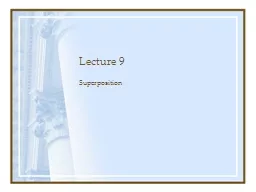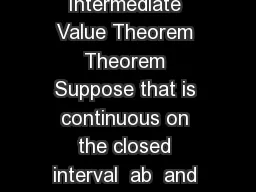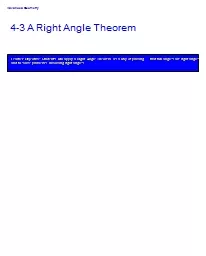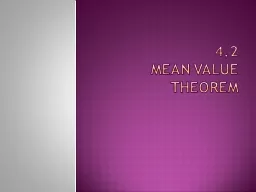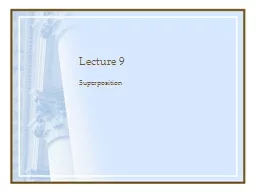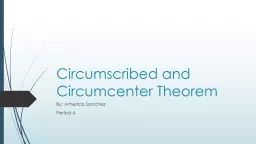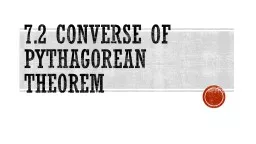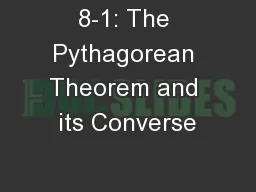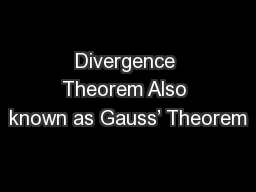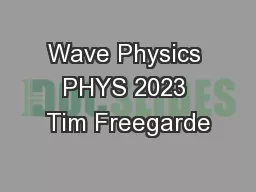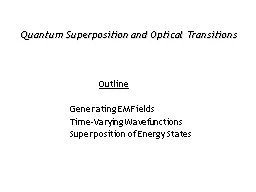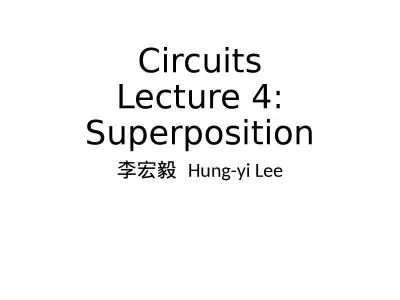PPT-Lecture 9 Superposition Superposition Theorem (1/2)
Author : natalia-silvester | Published Date : 2018-03-18
In a linear system the linear responses of linear independent sources can be combined in a linear manner This allows us to solve circuits with one independent source
Presentation Embed Code
Download Presentation
Download Presentation The PPT/PDF document "Lecture 9 Superposition Superposition Th..." is the property of its rightful owner. Permission is granted to download and print the materials on this website for personal, non-commercial use only, and to display it on your personal computer provided you do not modify the materials and that you retain all copyright notices contained in the materials. By downloading content from our website, you accept the terms of this agreement.
Lecture 9 Superposition Superposition Theorem (1/2): Transcript
Download Rules Of Document
"Lecture 9 Superposition Superposition Theorem (1/2)"The content belongs to its owner. You may download and print it for personal use, without modification, and keep all copyright notices. By downloading, you agree to these terms.
Related Documents

